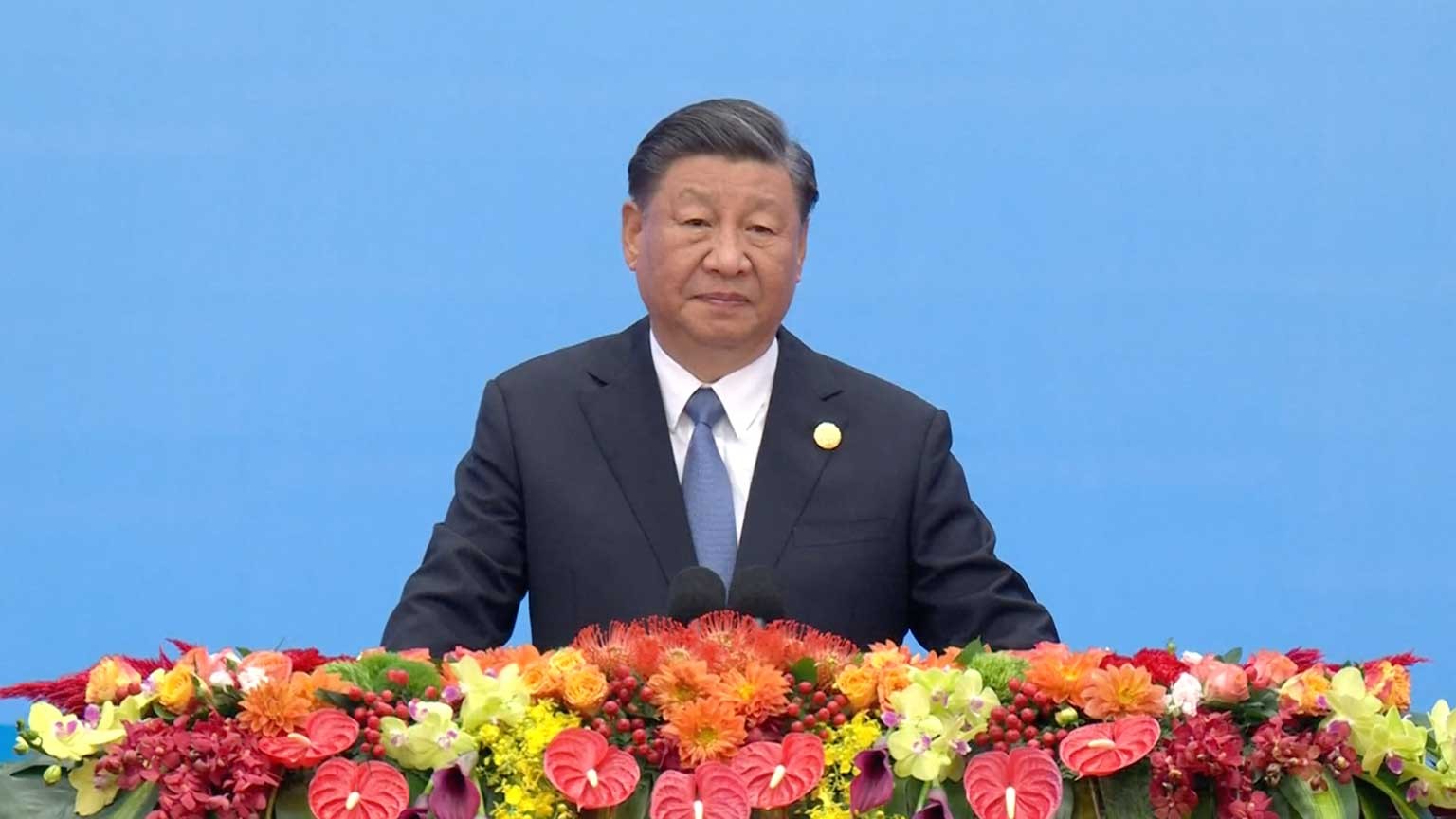Xi said in a speech, "International Belt and Road cooperation has got off the ground, grown rapidly and produced fruitful outcomes over the past 10 years.
What is the Belt and Road Initiative?
The Belt and Road Initiative (BRI) aims to create a huge economic zone linking land and sea routes mainly in Asia and Europe.
Beijing says the cumulative total trade between China and participating countries has expanded by an average of 6.4 percent annually and reached 19.1 trillion dollars in 2022. It says mutual investment now totals 380 billion dollars, with 240 billion dollars coming from China.
Participating countries signed on with the expectation that the Chinese government would provide funding and other support for infrastructure projects.
But China has been using the initiative to deepen its cooperation with the developing countries and emerging economies that comprise the Global South — and expand its influence over them.
Chinese Foreign Minister Wang Yi told reporters that participants from 151 countries attended the two-day event in Beijing. But China's state media reported that the number of head of states participating in the event dipped to 24 from 37 last time.
In 2019, 11 European leaders attended the forum. This time, just three made the trip. Italy, Portugal, Greece were among the countries that skipped this time.
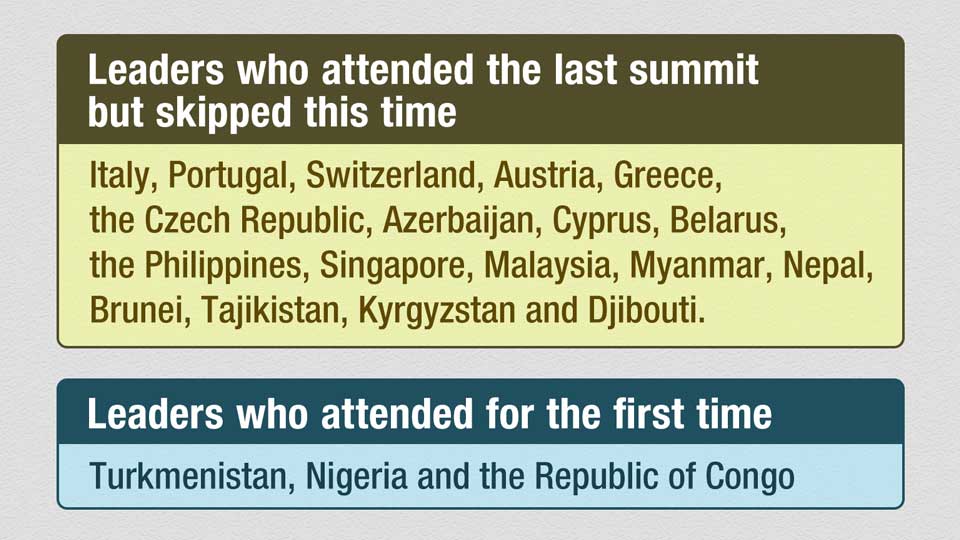
NHK World's Nakamura Genta covered the event in Beijing. He says, "China apparently wants to remind participants that the BRI is a good investment, despite many of the projects being hobbled by delays."
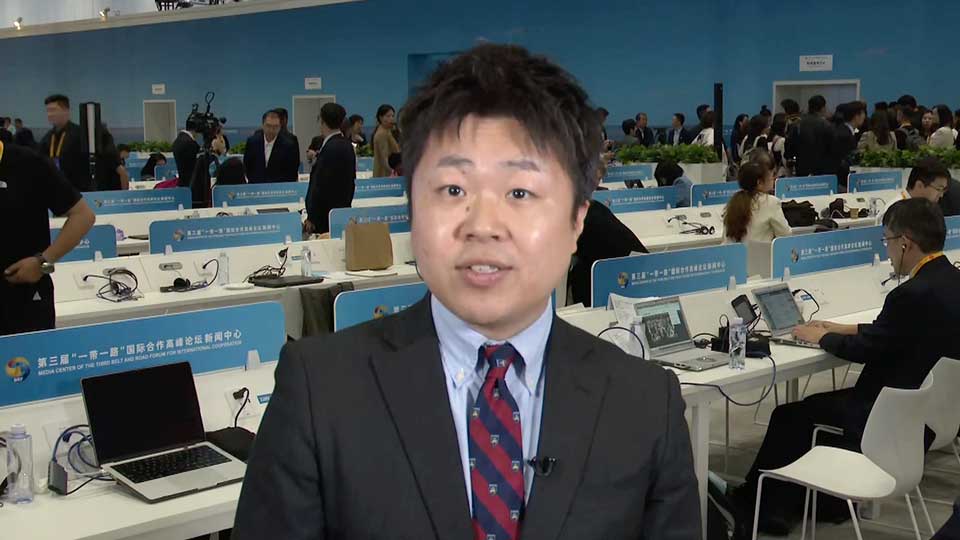
A BRI success story
A shift in attitudes toward the initiative has emerged among some participating countries. Some still view it very positively, but others less so.
Thailand's BRI project led to an increase in its durian exports.
Thailand's Ministry of Commerce says the country exported 3.7 billion dollars' worth of durians from January to July this year, with most going to China.
That's about three times the figure for the same period in 2019, before the coronavirus pandemic.
The driving force behind the rise in exports is a new railway linking Kunming in southern China with the neighboring Laotian capital of Vientiane. It opened in 2021 as a part of the initiative.
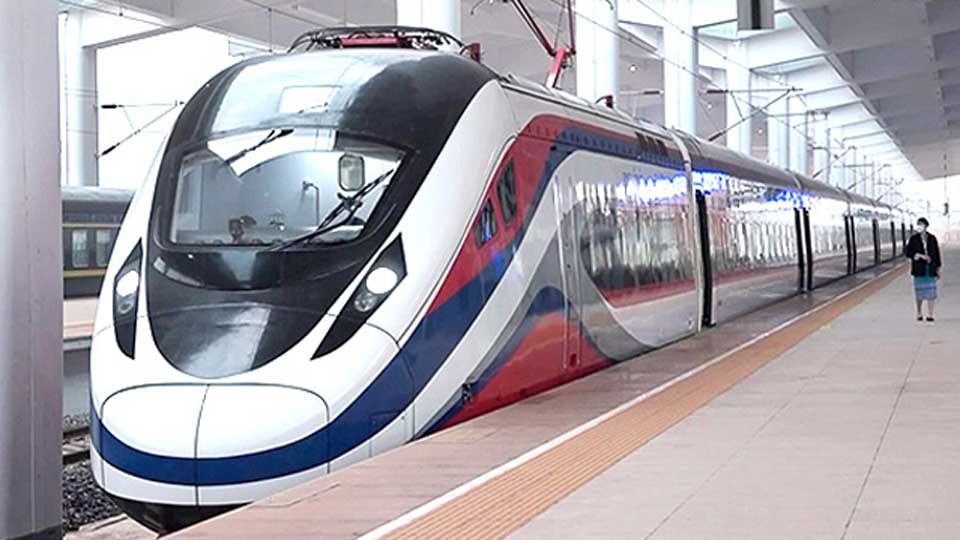
Previously shipments took two days from Thailand to Kunming by truck.
The railway reduced the time to just 15 hours. Large amounts of durians can now be transported at a lower cost without the risk of spoilage.
Sluggish projects
Stalled projects have caused disappointment in some countries, such as Pakistan and Italy.
China and Pakistan are promoting the China-Pakistan Economic Corridor (CPEC) as a major BRI project.
The two countries have fostered a close relationship. Former Prime Minister Nawaz Sharif once described Sino-Pakistani ties as "higher than the Himalayas, deeper than the deepest sea in the world and sweeter than honey."
But a high-profile BRI project to rebuild a circular railway in Karachi — the country's largest city — has been plagued by problems.
The project, aimed at easing heavy traffic congestion, was supposed to be finished in three years. But six years on, the railway's revival is far from complete.
Local authorities say they have been unable to start full-scale construction work because of a lack of funding from China.
Other CPEC projects have also been temporarily suspended due to the impact of the pandemic or remained stalled because of political instability in Pakistan.
Italy, the only G7 country to participate in the BRI, is now considering withdrawing.
Prime Minister Guiseppe Conte in 2019 signed a memorandum with China in an effort to revive his country's sluggish economy. The two sides agreed to cooperate in building infrastructure in Italy, as well as to expand investment and trade in an interactive manner.
Expectations were high for the development of the northeastern port of Trieste on the Adriatic Sea, which is linked with Slovenia and other Central and Eastern European countries by railways and major roads.
Under the initial plan, a Chinese state-owned construction firm was to be in charge of redevelopment work, including the expansion of wharfs and the construction of a cargo railway. But the project ultimately fell through. Experts say it was likely impacted by US sanctions against Chinese companies.
Franco di Fonzo, the CEO of an Italian furniture manufacturer, says, "At first I was enthusiastic about the Belt and Road Initiative. But it didn't help at a tough time when trade with China plunged to almost zero due to the pandemic."
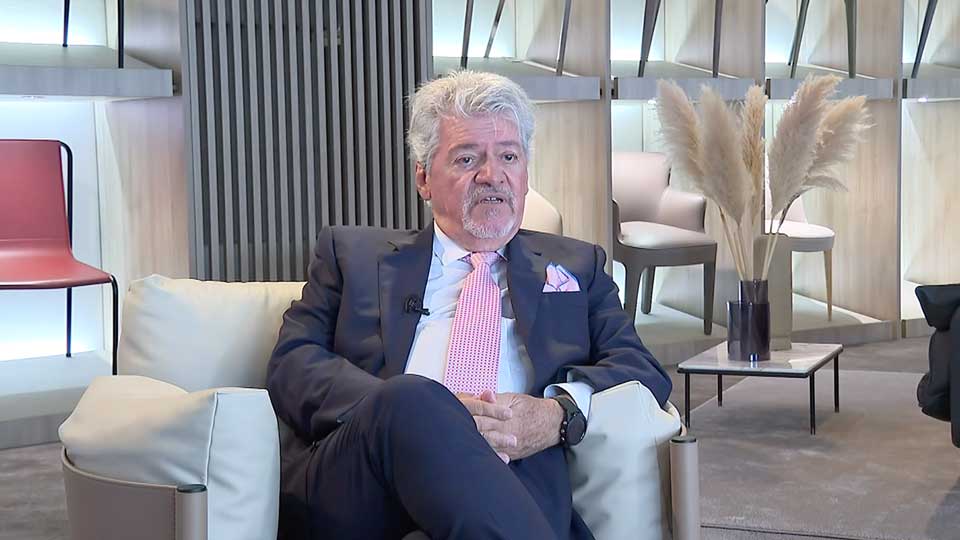
Italian government statistics show imports from China totaled 57.5 billion euros in 2022, a jump of 81 percent from 2019. But exports to China only rose 27 percent during that time, reaching 16.4 billion euros. Italy's trade deficit to China more than doubled.
NHK World's Nakamura Genta says, "China tries to dismiss such concerns and hail the Belt and Road's first decade as a resounding success. Xi did not address the delays and debt issues plaguing Belt and Road projects, but instead focused on its achievements in creating a modern Silk Road. But despite China's enthusiasm, the initiative is in trouble."
He also says China's sluggish economy may be the reason why the initiative lost steam. He says, "China is experiencing a prolonged slump in its real estate market. Its pandemic recovery is slowing, its finances are getting tighter, and now it can't invest as heavily in infrastructure projects. Beijing wants to pitch itself as an economic beacon and an alternative for the developing world. But it may need to get its own house in order if it wants more countries to buy-in long-term."
White paper admits challenges
A white paper China released on the sidelines of the forum acknowledges in its final section that the initiative faces difficulties and challenges. But it doesn't mention specific cases.
What stands out in the white paper are expressions such as "win-win international cooperation," "all countries will benefit" and "we will enjoy new results together."
They appear aimed at reassuring participating countries that are not fully feeling the BRI's benefits.
Xi also stated in July that the BRI and each country's development strategy must be coordinated.
Expert: BRI hindered by excessive politicization
Professor Kojima Kazuko of Keio University is an expert on modern Chinese politics. She says the excessive politicization of the BRI has also hindered its development.
"Originally the Belt and Road Initiative was an economic framework. China then added a security element, which caused it to be viewed by the US and other countries as a threat to their national security.
China initially believed the initiative would be positively accepted by the international community. Now it views the anti-BRI sentiment as a challenge."
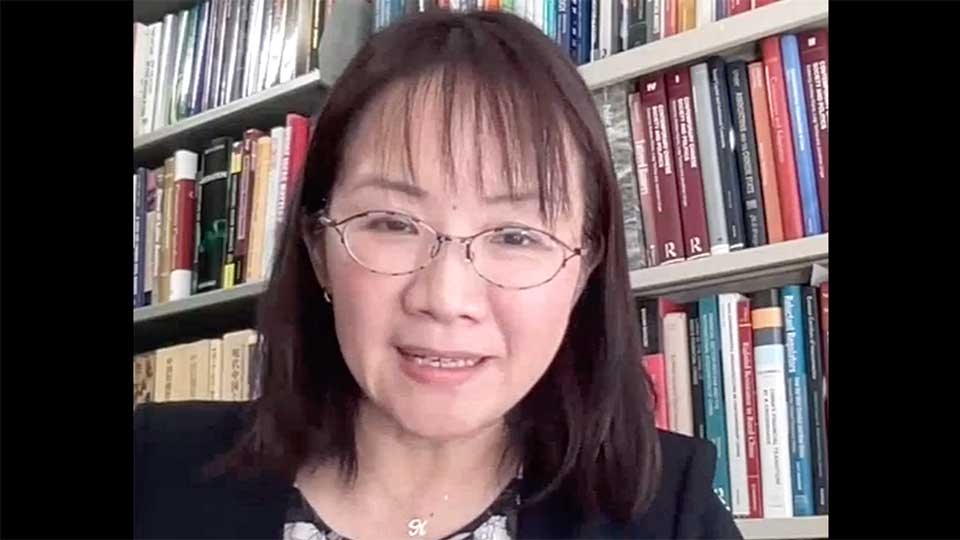
She adds, "The Belt and Road initiative was proposed by President Xi Jinping himself, so China can never say it's a failure. Officials must continue to seek positive outcomes. They may try to accomplish this by aiming for synergistic effects with domestic economic development.
They will likely stress that China has no intention of using the initiative to expand its power or interfere in the internal affairs of other countries. It's not just about whether the money will go around, but ensuring it will do so in a way that will improve China's image."
